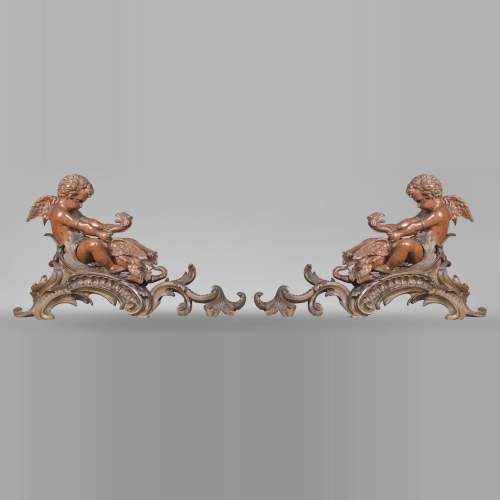Your selection is currently empty.
Here are the latest objects in our stock:
Dimensions:
Width: 68
Height: 42
Dimensions:
Width: 136
Height: 104
Depth: 41
Dimensions:
Width: 147
Height: 193
Depth: 15
Dimensions:
Width: 117
Height: 179
Depth: 10
Dimensions:
Width: 164
Height: 112
Depth: 43
Inner width: 118
Inner height: 85
Dimensions:
Width: 150
Height: 142
Depth: 42
Inner width: 103
Inner height: 101
Dimensions:
Width: 155
Height: 114
Depth: 40
Inner width: 120
Inner height: 96
Dimensions:
Width: 123
Height: 100
Depth: 36
Inner width: 89
Inner height: 86
Dimensions:
Width: 109
Height: 255
Depth: 10












